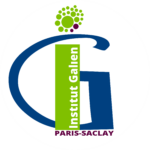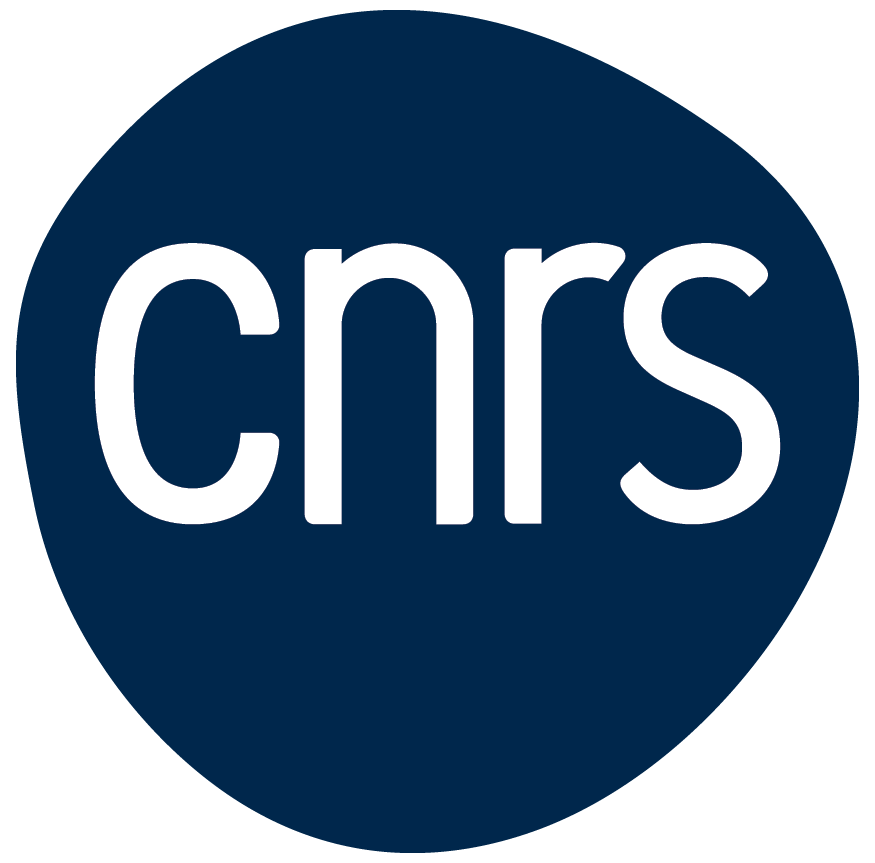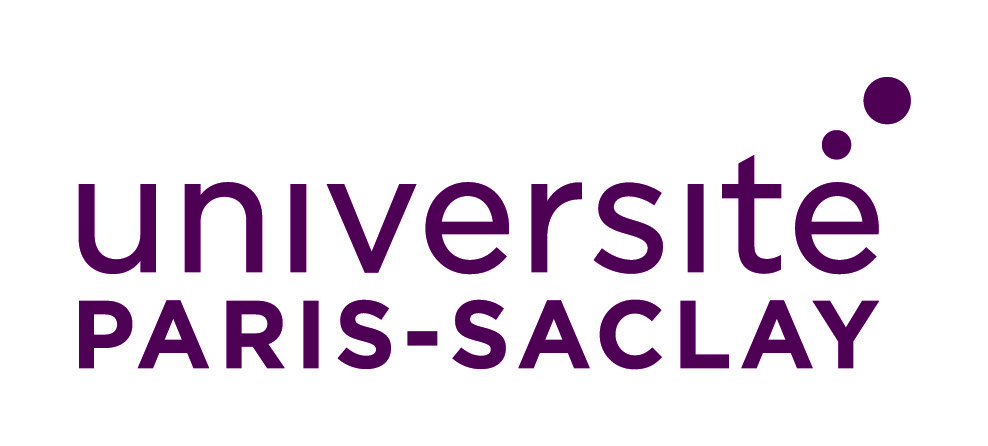Annuaire du laboratoire :

Informations
CV
Ali MAKKY est Maître de Conférences (MCU) en Pharmacie Galénique à la faculté de pharmacie de l’Université Paris-Sud XI depuis octobre 2014. Après avoir effectué ses études de pharmacie (Doctorat d’exercice) à la faculté de pharmacie de l’université Saint-Joseph à Beyrouth (Liban), il a poursuivi sa formation en préparant un master M2 de recherche de « Pharmacotechnie et biopharmacie» en 2007 et une thèse de doctorat en Physicochimie, Biopharmacie et Pharmacotechnie (2010) à l’université Paris-Sud XI. Il a poursuivi sa carrière en effectuant un premier stage post-doctorat (2011-2012) au laboratoire SPCSI (Service de Physique et Chimie des Surfaces et Interfaces) au CEA Saclay (France), sous la direction du Dr. Jérôme Polesel. Par la suite, il obtenu une bourse postdoctorale de la fondation Alexandre Von Humboldt pour réaliser son projet de recherche dans le laboratoire de « Physical Chemistry of Biosystems » à l’Université de Heidelberg (Allemagne) sous la direction du Pr. Motomu TANAKA.
Ses activités de recherche portent principalement sur :
1. La conception des nanomédicaments bioinspirés photoactivables possédant des propriétés multifonctionnelles pour le traitement du cancer et des infections bactériennes.
2. L’étude des propriétés structurales et nanomécanqiues des aggrégats de protéines toxiques (amyloïdes) ou thérapeutiques (anticorps) par microscopie à force atomique (AFM)
3. La construction et la caractérisation des modèles biomimétiques de membrane cellulaire pour analyser les interactions des molécules actives ou peptides avec les membranes cellulaires, mais aussi entre ligand et récepteur à l’échelle moléculaire par AFM (spectroscopie de force).
Ali MAKKY is an associate professor (MCU) in Biopharmacy and pharmacotechnology since October 2014, at the University of Paris XI, faculty of pharmacy. He obtained his doctorate degree in pharmacy (doctorat d’exercice) at the Saint-Joseph University (Beirut, Lebanon). Then, he obtained his master degree, followed by a PhD degree in Physical-chemistry, Biopharmacy and Pharmacotechnology at the University of Paris XI, faculty of pharmacy. Thereafter, he joined the SPCSI laboratory (Service de Physique et Chimie des Surfaces et Interfaces) at CEA Saclay (France) as post-doctoral fellow under the supervision of Dr. Jérôme Polesel. Afterwards, he joined the laboratory of Pr. Motomu Tanaka at the University of Heidelberg (Germany) in the laboratory of « Physical Chemistry of Biosystems »as a post-doctoral researcher (Humboldt Fellow) in Biophysics and Surface Physical chemistry.
His research interests mainly focus on:
1. The conception of bioinspired photo-activatable drug delivery systems with multifunctional properties for the treatment of cancer and bacterial infections
2. The analysis of structural and nanomechanical properties of protein aggregates (amyloids fribrils) using Atomic Force Microscopy (AFM)
3. The construction and characterization of biomimetic cell membrane models to analyze the interaction of drugs and peptides with cell membranes, as well as between ligands and receptors at the molecular level by AFM (force spectroscopy)..
Mots clés
Nanomédicament bioinspiré photoactivable, conjugués lipide-porphyrine, polymère bioinspiré, AFM, spectroscopie de force, nanomécanique, fibres amyloïdes.
Bioinspired photoactivatable drug delivery system, lipid-porphyrin conjugates, bioinspired polymer, AFM, Force spectroscopy, nanomecanic, amyloïd fibrils.
10 publications majeures
- Massiot J., Rosilio V., Ibrahim N., Yamamoto A., Nicolas V., Konovalov O., Tanaka M., Makky A. Newly synthesized lipid-porphyrin conjugates: evaluation of their self assembling properties, their miscibility with phospholipids and their photodynamic activity in vitro. Chem. Eur. J. 2018, just accepted.
- Matsuzaki T., Ito H., Chevyreva V., Makky A., Kaufmann S., Okano K., Kobayashi N., Suganuma M., Nakabayashi S., Yoshikawa H.Y. and Motomu Tanaka. Phys. Chem. Chem. Phys. 2017,19: 19937-19947.
- Massiot J., Makky A., Di Meo F., Chapron D., Trouillas P., Rosilio V. Impact of lipid composition and photosensitizer hydrophobicity on the efficiency of light-triggered liposomal release. Phys. Chem. Chem. Phys.
2017,19: 11460-11473. - Makky A, Bousset L, Polesel-Maris J, Melki R. Nanomechanical properties of distinct fibrillar polymorphs of the protein a-synuclein. Sci Rep. (Recommended by F1000)
2016,6: 37970. - Korytowski A, Abuillan W, Makky A, Konovalov O, Tanaka M. Impact of Lipid Oxidization on Vertical Structures and Electrostatics of Phospholipid Monolayers Revealed by Combination of Specular X-ray Reflectivity and Grazing-Incidence X-ray Fluorescence. J Phys Chem B.
2015 ,119:9787-9794. - Makky A, Tanaka M. Impact of lipid oxidization on biophysical properties of model cell membranes. J Phys Chem B.
2015,119: 5857-5863. - Frenkel N, Makky A, Sudji IR, Wink M, Tanaka M. Mechanistic investigation of interactions between steroidal saponin digitonin and cell membrane models. J Phys Chem B.
2014,118: 14632-14639. - Makky A., Viel P., Berthelot T., Wendy Chen S.-w., Pellequer J.-L., Polesel-Maris J. Piezoelectric Tuning Fork probe for AFM imaging and Specific recognition Force Spectroscopy of an enzyme and its ligand. Journal of Molecular Recognition.
2013,26: 521-531. - Makky A., Berthelot T., Feraudet-Tarisse C., Volland H, Viel P., Polesel-Maris J., Substructures High Resolution Imaging of Individual IgG and IgM Antibodies by Piezoelectric Tuning Fork Atomic Force Microscopy. Sensors & Actuators: B. Chemical.
2012,162:269-277. - Makky A., Daghildjian K., Michel J.-P., Maillard Ph., Rosilio V. Assessment of the relevance of supported planar bilayers for modelling specific interactions between glycoconjugated porphyrin and retinoblastoma cells. BBA-Biomembranes.
2012,1818:2831-2838.


